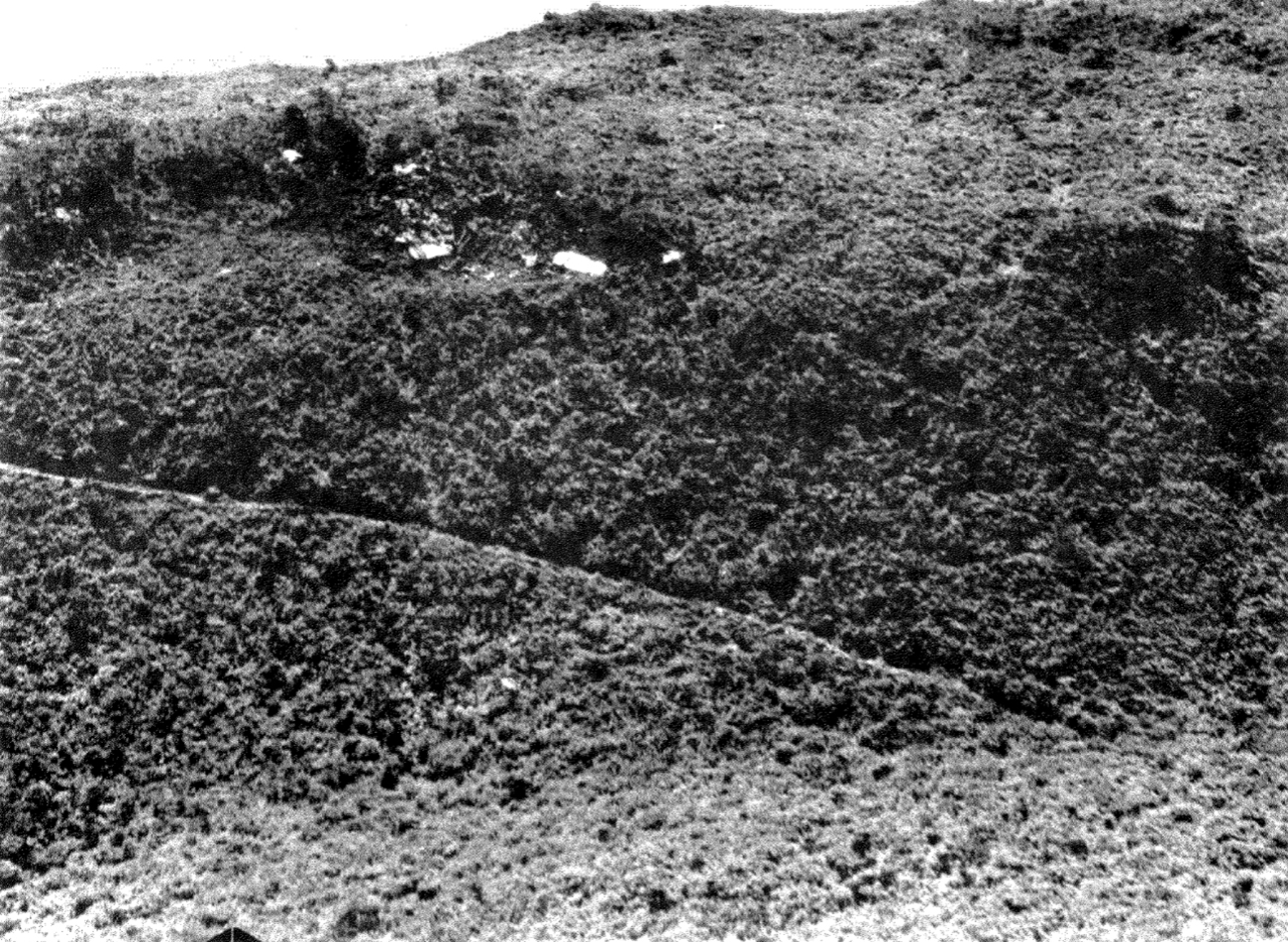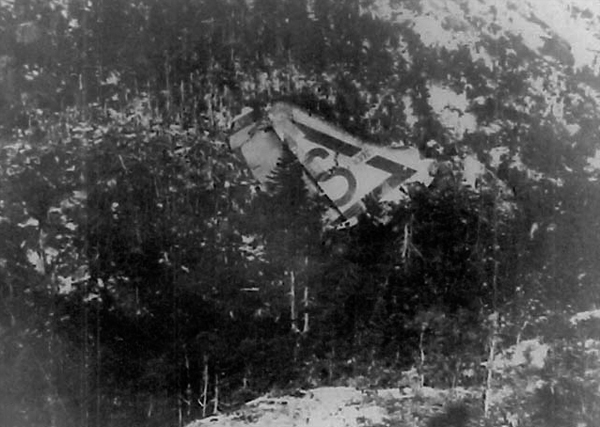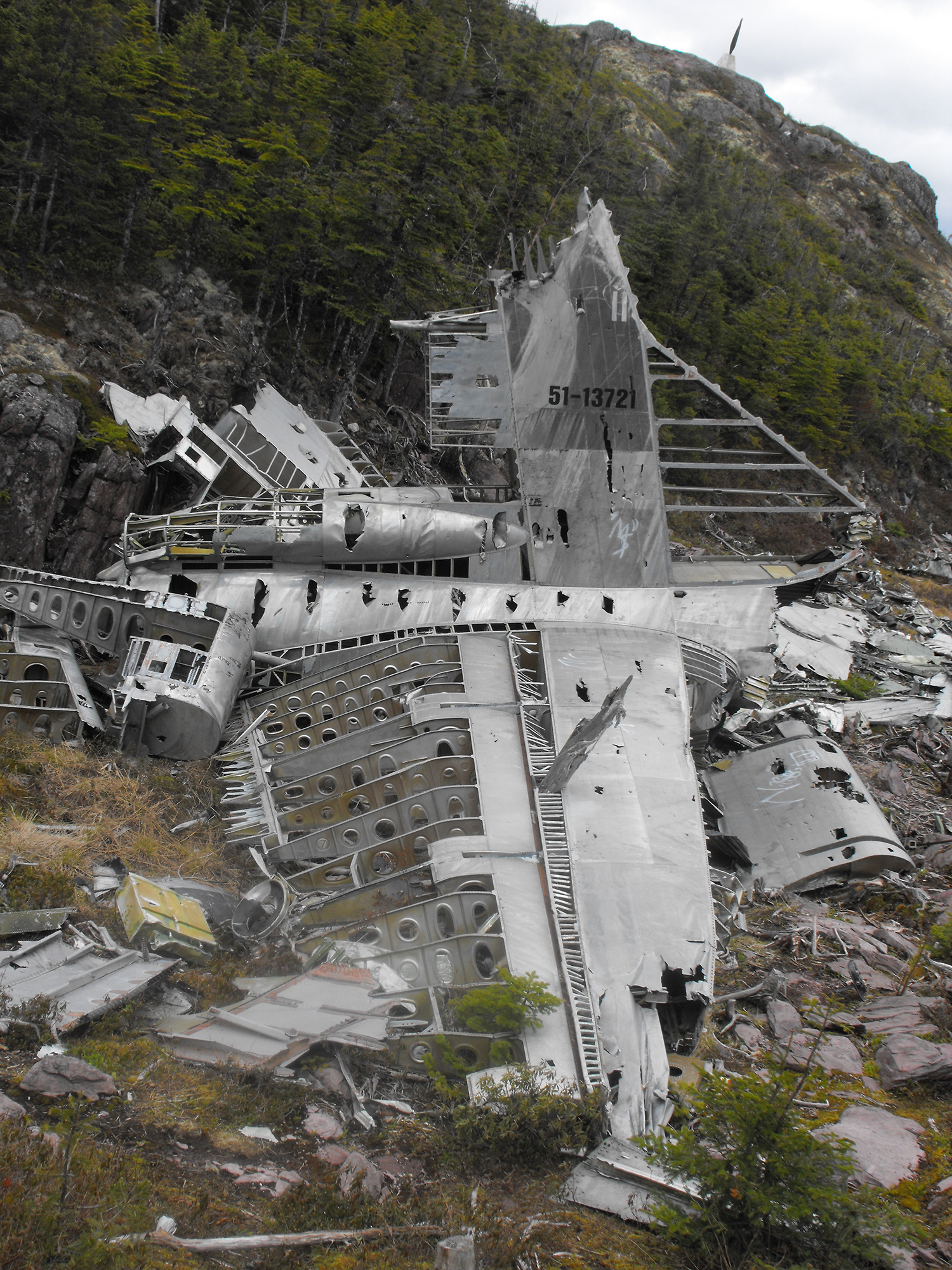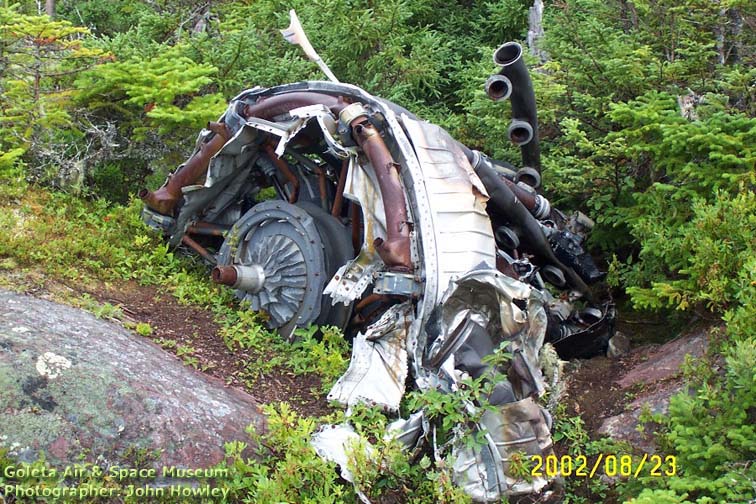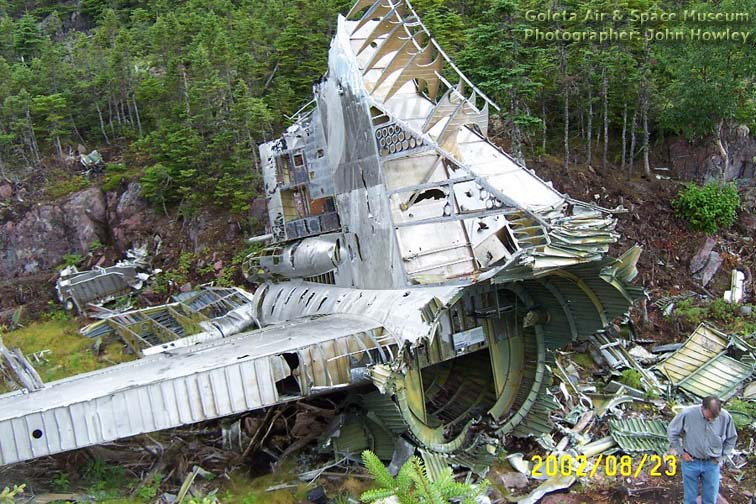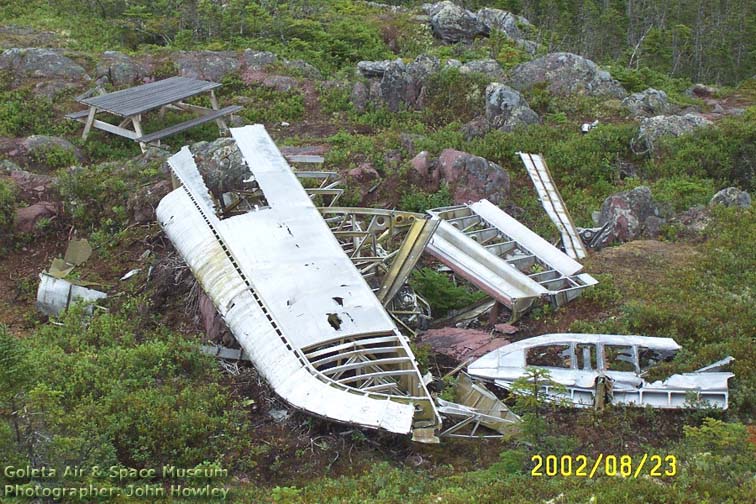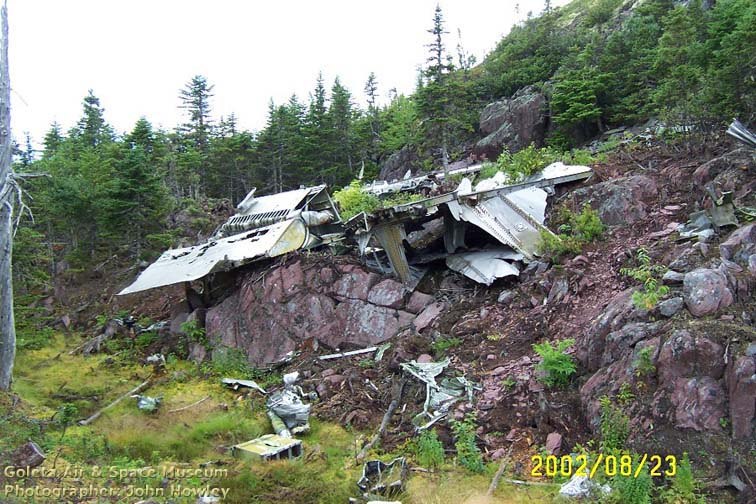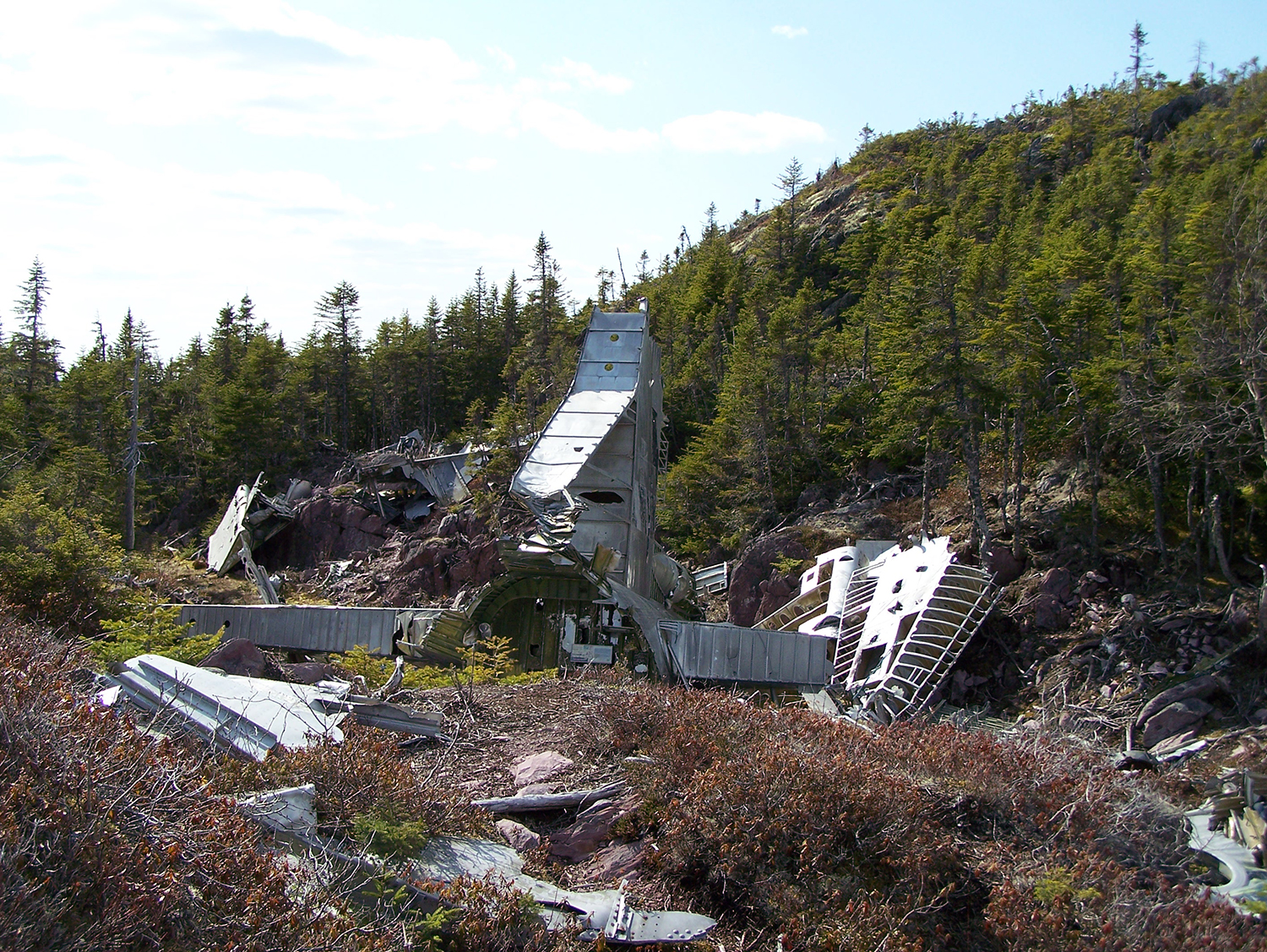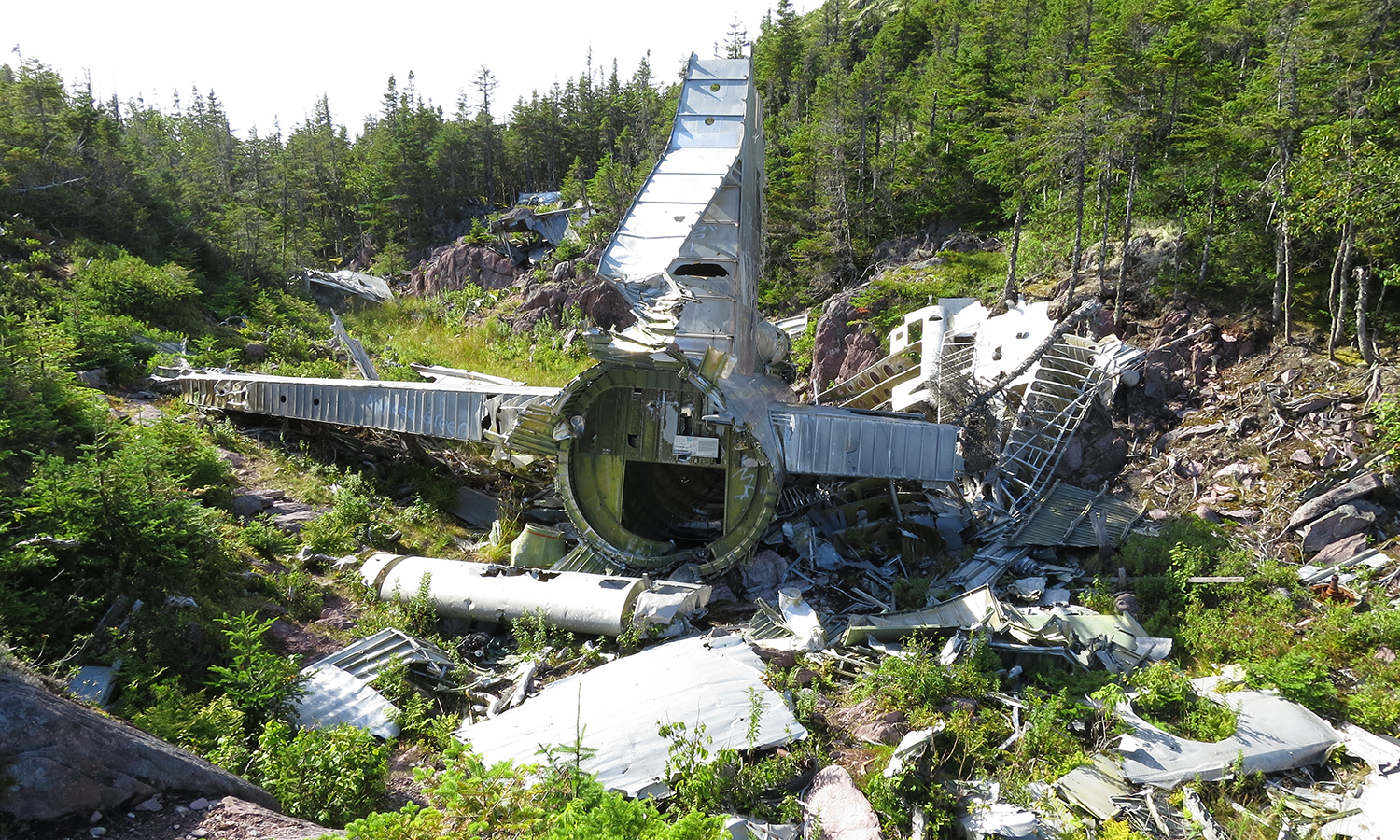Crash of a Lockheed R7V-1 Super Constellation into the Atlantic Ocean: 42 killed
Date & Time:
Oct 31, 1954 at 0100 LT
Registration:
128441
Survivors:
No
Schedule:
Patuxent – Lajes – Port Lyautey
MSN:
4108
YOM:
1953
Flight number:
57
Crew on board:
21
Crew fatalities:
Pax on board:
21
Pax fatalities:
Other fatalities:
Total fatalities:
42
Circumstances:
The aircraft was performing a flight from Patuxent River NAS to Port Lyautey, Morocco, with an intermediate stop at Lajes, carrying 21 crew members and 21 passengers, among them civilians and children. At 2330LT, the crew informed ATC about his position 400 miles east of Baltimore (Maryland), this was the last radio transmission. About an hour and a half later, while cruising at an altitude of 17,000 feet, the aircraft went out of control and crashed into the Atlantic Ocean without any distress call on part of the crew. SAR operations were conducted on a large area but were suspended six days later due to poor weather conditions. No trace of the aircraft nor the 42 occupants was found. It was reported by the board that the aircraft was also carrying 111 life vests, 46 exposure suits, 660 paper cups and 5 life rafts. All elements supposed to float. However, no trace of them was ever found.
Probable cause:
It is the opinion of the Board that R7V-1 registered 128441 did meet with a sudden and violent force, that rendered the aircraft no longer airworthy, and was thereby beyond the scope of human endeavor to control. The force that rendered the aircraft uncontrollable is unknown. The possibility of structural failure during transit of frontal weather cannot be discounted in this accident, but the possibility appears remote.



